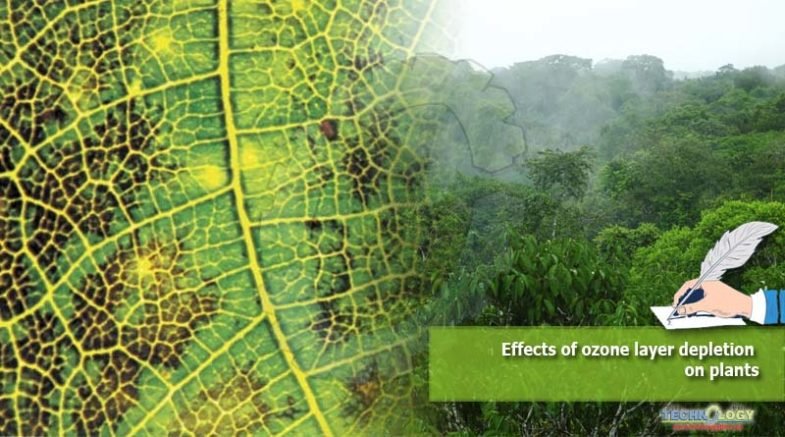The ozone layer or ozone shield is an area of Earth’s stratosphere that retains the greater part of the Sun’s bright radiation.
 It consist of high centralization of ozone (O3) in connection to different pieces of the climate, albeit still little in connection to different gases in the stratosphere.
It consist of high centralization of ozone (O3) in connection to different pieces of the climate, albeit still little in connection to different gases in the stratosphere.
Ozone consumption comprises of two interrelated occasions saw since the late 1970s a consistent bringing down of around four percent in the aggregate sum of ozone in Earth’s environment (the ozone layer), and an a lot bigger springtime decline in stratospheric ozone around Earth’s polar areas. The last wonder is alluded to as the ozone gap. There are additionally springtime polar troposphere ozone exhaustion occasions notwithstanding these stratospheric occasions.
The fundamental driver of ozone consumption and the ozone opening is made synthetic concoctions, particularly produced halocarbon refrigerants, solvents, charges antifoam-blowing operators (chlorofluorocarbons (CFCs), HCFCs, halons), alluded to as ozone-exhausting substances (ODS). These mixes are shipped into the stratosphere by fierce blending in the wake of being radiated from the surface, blending a lot quicker than the particles can settle. Once in the stratosphere, they discharge halogen particles through photograph separation, which catalyze the breakdown of ozone (O3) into oxygen (O2). The two sorts of ozone consumption were seen to increment as emanations of halocarbons expanded.
Ozone consumption and the ozone opening have created overall worry over expanded cancer growth dangers and other negative impacts. The ozone layer averts most destructive UV wavelengths of bright light (UV light) from going through the Earth’s air. These wavelengths cause skin cancer growth, burn from the sun and waterfalls, which were anticipated to increment significantly because of diminishing ozone, just as hurting plants and creatures. These worries prompted the reception of the Montreal Protocol in 1987, which bans the creation of CFCs, halons and other ozone-exhausting synthetic compounds.
Three structures (or allotropes) of oxygen are associated with the ozone-oxygen cycle: oxygen particles (O or nuclear oxygen), oxygen gas (O2 or diatomic oxygen), and ozone gas (O3 or triatomic oxygen). Ozone is formed in the stratosphere when oxygen atoms photograph separates in the wake of retaining bright photons. This converts a solitary O2 into two nuclear oxygen radicals. The nuclear oxygen radicals at that point consolidate with discrete O2 particles to make two O3 atoms.
These ozone particles assimilate bright (UV) light, after which ozone parts into an atom of O2 and an oxygen iota. The oxygen particle at that point gets together with an oxygen atom to recover ozone. This is a proceeding with process that ends when an oxygen particle recombines with an ozone atom to make two O2 particles.
O + O3 → 2 O2
The aggregate sum of ozone in the stratosphere is controlled by a harmony between photochemical creation and recombination.
Since the ozone layer retains UVB bright light from the sun, ozone layer consumption builds surface UVB levels (all else equivalent), which could prompt harm, incorporating increment in skin cancer. This was the explanation behind the Montreal Protocol. Despite the fact that diminishes in stratospheric ozone are well-attached to CFCs and to increments in surface UVB, there is no immediate observational proof connecting ozone exhaustion to higher rate of skin malignant growth and eye harm in people. This is halfway in light of the fact that UVA, which has likewise been embroiled in certain types of skin disease, isn’t consumed by ozone, and on the grounds that it is about difficult to control insights for way of life changes after some time.
Ozone makes impressive harm plants far and wide, including farming yields and plants in characteristic environments. Ozone harms plants by entering leaf openings called stomata and oxidizing (consuming) plant tissue during breath. These harms the plant leaves and causes diminished endurance.
Authors:
Sabeena Yaseen1, Dr. Zubair Aslam2, Ali Ahmad2, Sami-Ur-Rehman2, Muhammad Waqas2
1 Department of Botany,University of Agriculture, Faisalabad.
2 Department of Agronomy, Univerisity of Agriculture, Faisalabad.
